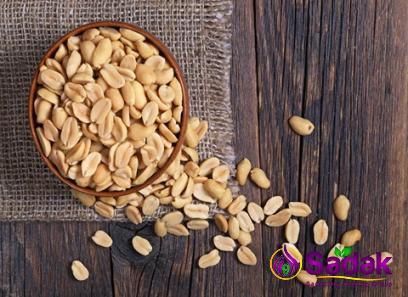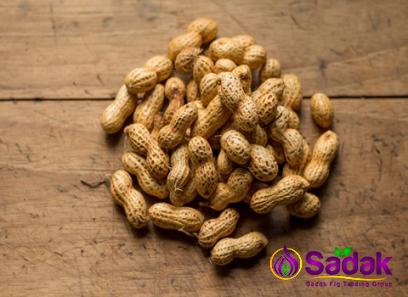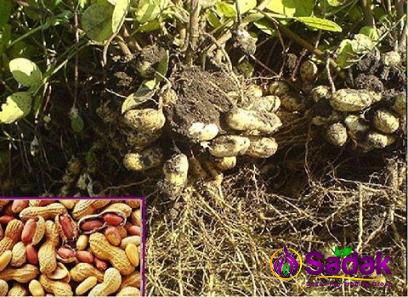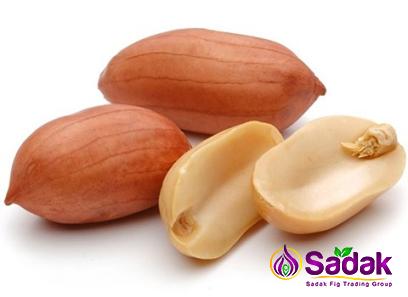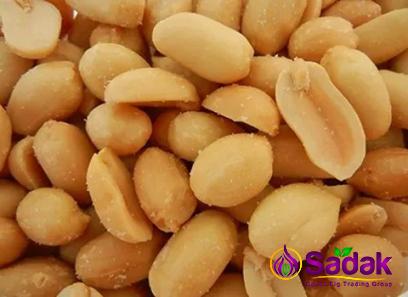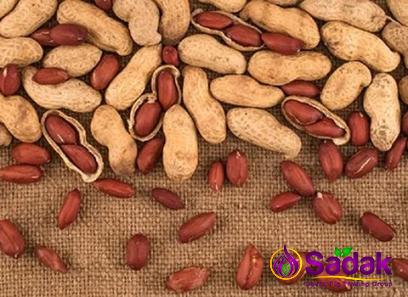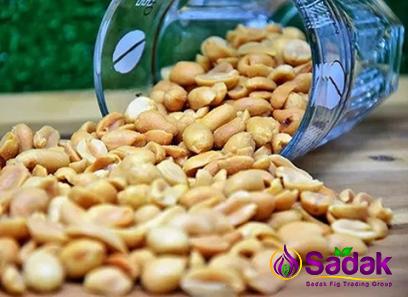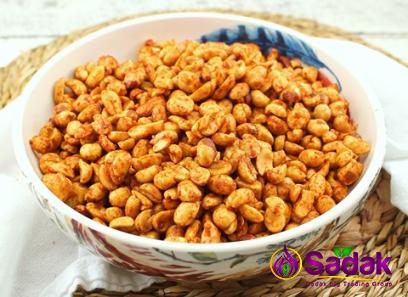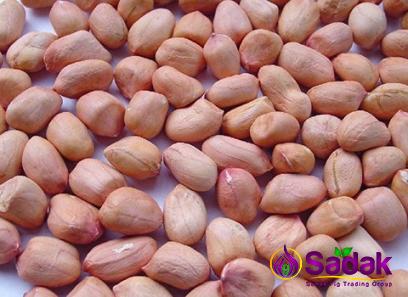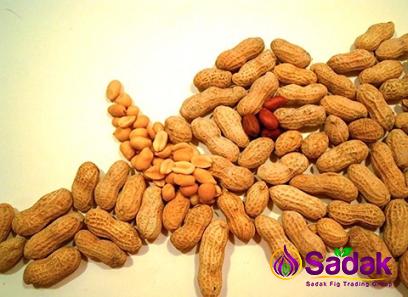Dried figs are a popular and versatile fruit that have been consumed for centuries. Not only are they delicious and nutritious, but they also serve as a key ingredient in various culinary dishes and are commonly used as snacks, jams, or baking ingredients. Understanding the cost of dried fig fruit is essential for both consumers and businesses alike. This article aims to delve into the factors that influence the pricing of dried figs, market trends, and the overall cost implications.
1. Production Process and Yield:
The journey of dried figs starts with the cultivation of specific fig tree varieties known for their quality and taste. Once harvested, the figs are carefully processed through cleaning, sorting, and dehydration techniques. Drying techniques may involve sun drying, mechanical drying, or freeze drying, each with its associated costs. The yield of dried figs depends on various factors like the moisture content of the fresh figs, the quality of the drying process, and the type of figs. Generally, the yield ratio can range from 5:1 to 8:1, meaning that 5-8 kg of fresh figs are required to produce 1 kg of dried figs.
2. Demand and Supply Dynamics:
The demand for dried figs can vary due to consumer preferences, dietary trends, and cultural consumption patterns. The supply of dried figs is influenced by factors such as weather conditions, availability of raw materials, and changes in the agricultural sector. Fluctuations in demand and supply can impact the market price of dried figs. Additionally, the availability of substitute products, such as other dried fruits or snacks, may affect the demand for dried figs and, in turn, its cost.
3. Production Regions:
Dried figs are primarily produced in Mediterranean countries, including Turkey, Greece, Spain, Portugal, and California in the United States. These regions have favorable climatic conditions and a long-standing tradition of fig cultivation. The cost of dried figs may vary based on the production region due to factors like labor costs, transport expenses, and tax regulations. Importing dried figs from distant regions can add to the overall cost due to logistics and transportation costs.
4. Quality and Grade:
The quality and grade of dried figs significantly impact their cost. Factors such as fruit size, color, texture, and sweetness determine the quality. Dried figs are graded based on their appearance, cleanliness, moisture content, and absence of defects. The grading process ensures that products meet certain standards and helps to determine their market value. Higher-grade dried figs often command a premium price due to their superior quality, whereas lower-grade figs may be sold at a lower cost.
5. Packaging and Branding:
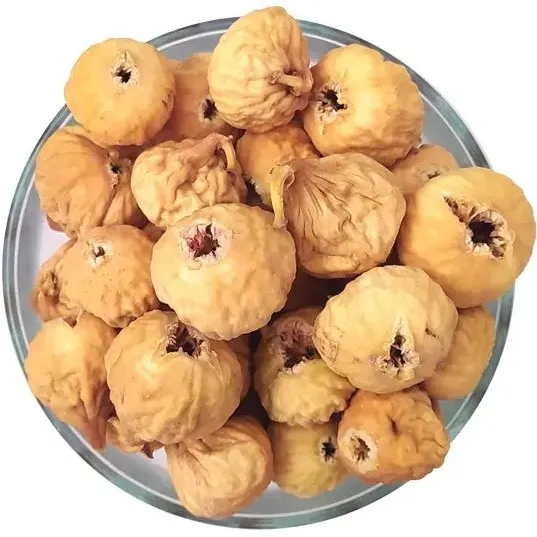
Packaging plays a vital role in preserving the quality of dried figs and attracting consumers. Well-designed packaging not only enhances the product’s shelf appeal but also protects it from moisture, air, and other external factors. The cost of packaging materials, such as pouches, boxes, and labels, is a significant consideration for businesses in determining the final cost of dried figs. Additionally, branding efforts and marketing strategies incorporated by businesses can impact the perceived value of the product, influencing its pricing.
6. Market Trends and Price Fluctuations:
Market trends and price fluctuations can impact the cost of dried figs on a global scale. Factors such as economic conditions, currency exchange rates, export policies, and international trade agreements can cause variations in prices. For example, changes in import and export regulations may result in increased duties or tariffs, affecting the cost of dried figs for both consumers and traders. Market trends, including increased health consciousness and a growing preference for natural or organic products, can also influence prices.
7. Analysis of Current Cost:
The current cost of dried figs can vary across different markets and regions. It is influenced by factors such as production costs, demand and supply dynamics, packaging expenses, and market competition. An analysis of the current cost involves considering factors specific to the geographical location of the buyer, including taxes, transportation costs, and import duties. Additionally, the quality and reputation of the supplier, as well as the volume and frequency of purchases, may also influence the negotiated cost.
Conclusion:
The cost of dried fig fruit is influenced by a multitude of factors, including the production process, demand and supply dynamics, production regions, quality and grade, packaging, branding, market trends, and price fluctuations. Understanding these factors is vital for consumers looking to make informed purchasing decisions and businesses aiming to optimize their pricing strategies. By carefully analyzing the cost of dried figs in relation to these factors, individuals and businesses can navigate the market effectively and enjoy the benefits of this nutritious and versatile fruit.Factors Affecting the Cost of Dried Fig Fruit in Business Perspective
1. Production Costs:
The production costs involved in cultivating and processing dried fig fruit significantly impact its final pricing. Farmers must consider expenses related to land, labor, irrigation, fertilizers, and pest control during the cultivation phase. Additionally, the cost of processing, including cleaning, sorting, and drying techniques, should be accounted for. These production costs can vary based on geographical location, availability of resources, and the scale of operations. Farmers and businesses need to assess these costs carefully to determine the most profitable pricing strategy for their dried fig fruit products.
2. Market Demand and Competition:
Understanding market demand is crucial for businesses to set competitive prices for dried fig fruit. Analyzing consumer preferences, dietary trends, and purchasing power can help identify pricing strategies that align with market demand. Additionally, researching competitors’ pricing and products can give businesses insights into market positioning and differentiation. Pricing strategies can include setting premium prices for high-quality dried figs or offering competitive pricing to attract cost-conscious consumers.
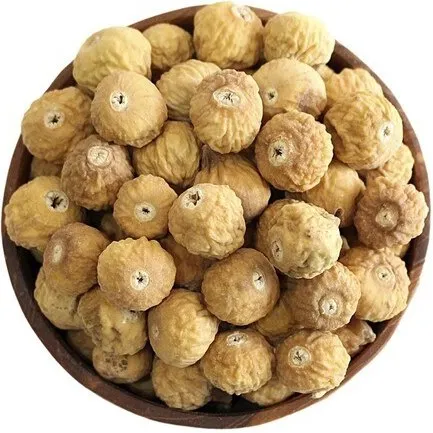
3. International Trade and Tariff Regulations:
Dried fig fruit is often traded globally, so businesses need to consider international trade regulations and tariffs that impact its cost. Import and export duties, taxes, and quotas can significantly affect the final pricing of dried fig fruit. It is essential for businesses to understand trade agreements between production and consuming countries and consider the associated costs and paperwork when importing or exporting dried figs. Changes in trade policies can lead to fluctuations in pricing, and businesses should be prepared to adjust their costs accordingly.
4. Seasonal Variations:
The availability and cost of dried fig fruit can be influenced by seasonal variations in production. Harvesting seasons can affect the supply and prices of dried figs in the market. During peak seasons, when there is an abundance of supply, prices may be lower due to increased competition. Conversely, off-season periods may lead to limited supply and higher prices. Businesses need to consider these seasonal variations when planning their pricing strategy and ensure they have a reliable supply chain to meet consumer demand year-round.
5. Packaging and Branding:
Packaging and branding are critical components of a business’s marketing strategy, and they can impact the perceived value and pricing of dried fig fruit. Attractive and functional packaging that preserves the quality and extends the shelf life of dried figs can add to its cost. Similarly, branding efforts, such as promoting the origin, organic certification, or unique selling points of the dried figs, can influence consumer perception and justify a higher price point. Businesses should carefully evaluate packaging and branding options to strike a balance between cost and value for their target market.
6. Distribution and Logistics:
The cost of dried fig fruit can be influenced by distribution and logistics expenses incurred during the supply chain. From transportation costs to storage and handling fees, businesses need to consider the logistics involved in delivering dried figs to their customers. Factors such as distance, mode of transportation, and the need for refrigeration or specialized packaging all contribute to the costs. Efficient supply chain management can help mitigate these costs and ensure timely delivery, which can positively impact pricing competitiveness.
7. Quality Control and Certification:
Ensuring high-quality dried fig fruit is crucial for businesses to command a premium price and build a reputation for excellence. Investing in quality control measures, such as regular inspections, testing for pesticide residues, and compliance with food safety standards, can increase production costs but ultimately add value to the product. Moreover, obtaining certifications, such as organic or fair-trade certifications, can open up markets and justify higher pricing for ethically sourced and sustainably produced dried figs.
8. Market Segmentation:
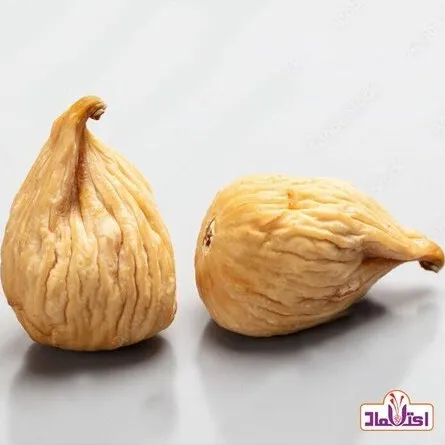
Understanding the different market segments for dried fig fruit can help businesses tailor their pricing strategies to specific consumer preferences and purchasing power. For instance, premium-quality dried figs may target niche markets where consumers are willing to pay a higher price for exceptional quality. Conversely, businesses can offer more affordable options or target bulk buyers for consumers looking for cost-effective solutions. By understanding market segments, businesses can optimize pricing to cater to varying consumer needs and increase their market share.
9. Value-Added Products:
Expanding the product range to include value-added products can increase the overall profitability and cost positioning of dried figs. Businesses can diversify their offerings by developing and marketing products like fig bars, spreads, energy bars, or fig-infused baked goods. This allows businesses to leverage the popularity of dried figs while adding value and justifying higher price points for the convenience or uniqueness of the value-added products.
10. Market Trends and Consumer Perceptions:
Monitoring market trends and consumer perceptions is essential for businesses to adapt their pricing strategies and remain competitive. As consumer awareness of health and wellness increases, businesses can leverage the nutritional benefits of dried figs in their marketing efforts and potentially charge a premium for organic or natural products. Similarly, addressing consumer concerns such as sustainability, ethical sourcing, or fair-trade practices can positively impact pricing by catering to specific target markets.
11. Relationship with Suppliers:
Establishing strong relationships with suppliers can play a significant role in managing costs and ensuring a consistent supply of high-quality dried fig fruit. Long-term contracts and a reliable supply network can result in better pricing negotiations, reduced transportation costs, and access to preferred quality products. Maintaining open communication with suppliers and staying informed about changes in their production processes or prices can help businesses stay competitive and manage costs effectively.
12. Economic Factors:
Various economic factors, such as inflation, currency exchange rates, and global market dynamics, can impact the cost of dried fig fruit. Fluctuations in currency exchange rates can influence the cost of importing or exporting dried figs and may lead to adjustments in pricing. Additionally, changes in overall economic conditions, such as recessions or economic growth, can affect consumer purchasing power and demand for premium products. Businesses need to monitor and assess economic factors to make informed pricing decisions and remain agile in a changing market.
Conclusion:
The cost of dried fig fruit in a business context is influenced by several factors, including production costs, market demand and competition, international trade regulations, seasonal variations, packaging and branding, distribution and logistics, quality control and certification, market segmentation, value-added products, market trends and consumer perceptions, relationship with suppliers, and economic factors. By carefully considering these factors, businesses can determine the most appropriate pricing strategy for dried fig fruit, ensuring profitability while meeting the demands of consumers in a competitive market.
